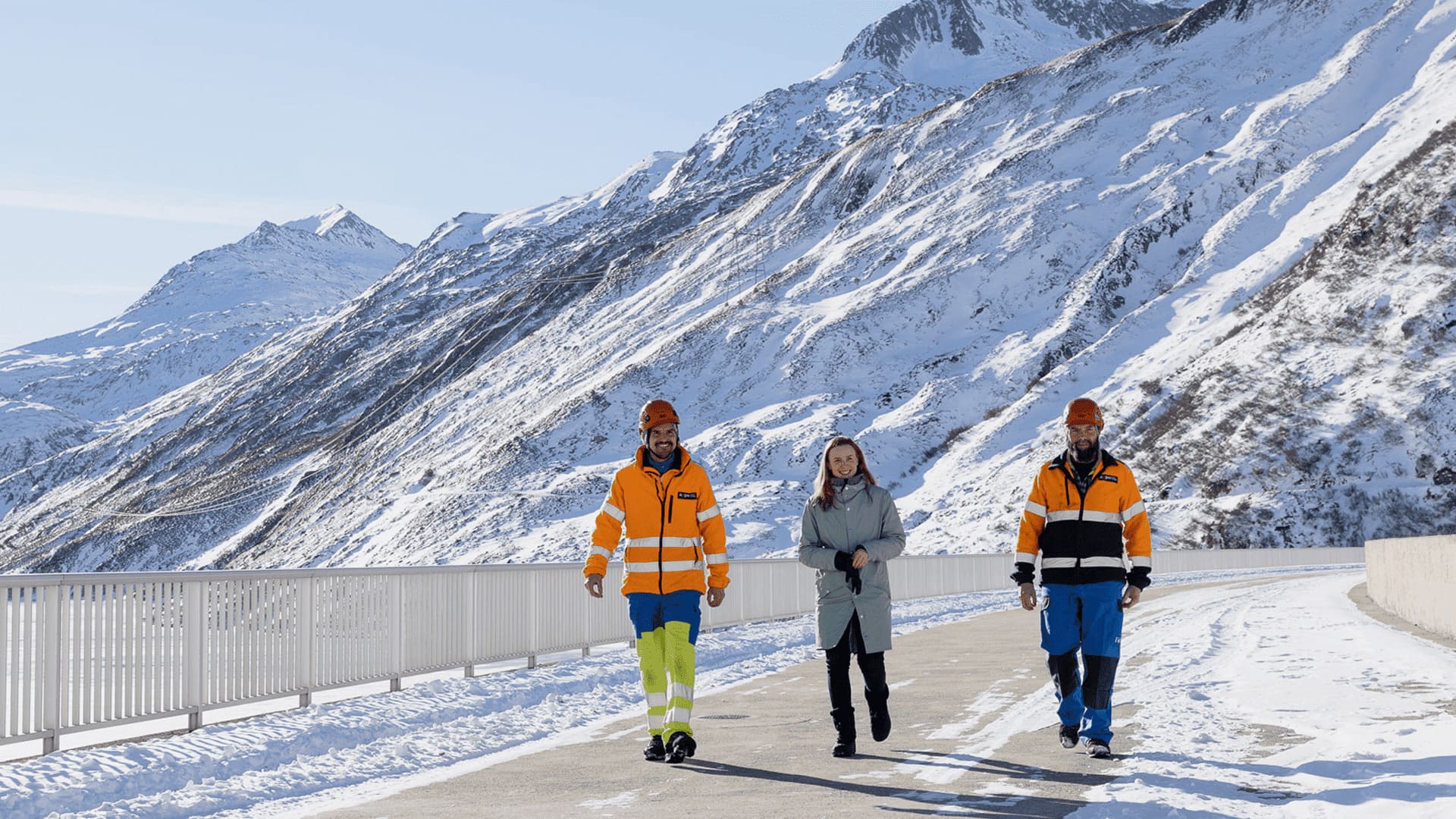06.01.2021 | World Energy Outlook of the International Energy Agency
Solar energy will boom worldwide
The World Energy Outlook 2020 of the International Energy Agency (IEA) shows how the world could find sustainable energy production with well thought-out energy policy measures despite the effects of the Covid crisis. Central to all four scenarios: Solar energy plays a key role.
It has been a turmultuos year for the global energy system. The Covid 19 crisis has caused more disruption than any other event in recent history. "Whether these upheavals helps or hinders efforts to accelerate clean energy transitions and reach international energy and climate goals will depend on how governments respond to today’s challenges," the IEA notes.
The World Energy Outlook 2020 uses four different scenarios to show how the energy sector could develop over the next ten years.
- In the Stated Policies scenario, which reflects the political intentions and goals announced today, global energy demand returns to pre-crisis levels in early 2023. However, in the event of a prolonged pandemic and a deeper slump, this will not happen until 2025, as shown in the "Delayed Recovery" scenario. Slower demand growth lowers the outlook for oil and gas prices compared to pre-crisis trends. However, a sharp decline in investment increases the risk of future market volatility.
- In the sustainable development scenario, the IEA shows what it takes to put the global energy industry on a truly sustainable course, leading to a significant reduction in CO2 emissions. Central to this is stronger growth in solar and wind energy as well as increased energy efficiency. Progress is also needed in the areas of hydrogen, storage and carbon capture, as well as new initiatives in the field of nuclear energy.
"Only faster structural changes in the way we produce and consume energy can finally break the emission trend. Governments have the capacity and responsibility to take decisive action to accelerate the transition to clean energy and put the world on track to meet our climate goals, including net zero emissions," says IEA Director Fait. Birol. A significant part of this effort would need to focus on reducing emissions from existing energy infrastructure - such as coal-fired power plants, steel plants and cement factories.
PV with low production costs
Renewable energies play a major role in all four scenarios of the IEA, with solar energy at the center. "Supporting policies and mature technologies provide very favorable access to capital in the leading markets. Photovoltaics is now consistently cheaper than new coal- or gas-fired power plants in most countries, and solar projects now offer one of the lowest electricity generation costs ever," writes the IEA.
The outlook shows that strong growth in renewables must be coupled with robust investment in power grids. Without sufficient investment, the networks will prove to be a weak link in the transformation of the power sector, with implications for the reliability and security of electricity supply.
More on the report can be found here.
Four scenarios
The Stated Policies Scenario (STEPS), in which Covid-19 is gradually brought under control in 2021 and the global economy returns to pre-crisis levels the same year. This scenario reflects all of today’s announced policy intentions and targets, insofar as they are backed up by detailed measures for their realisation.
The Delayed Recovery Scenario (DRS) is designed with the same policy assumptions as in the STEPS, but a prolonged pandemic causes lasting damage to economic prospects. The global economy returns to its pre-crisis size only in 2023, and the pandemic ushers in a decade with the lowest rate of energy demand growth since the 1930s.
In the Sustainable Development Scenario (SDS), a surge in clean energy policies and investment puts the energy system on track to achieve sustainable energy objectives in full, including the Paris Agreement, energy access and air quality goals. The assumptions on public health and the economy are the same as in the STEPS.
The new Net Zero Emissions by 2050 case (NZE2050) extends the SDS analysis. A rising number of countries and companies are targeting net-zero emissions, typically by mid-century. All of these are achieved in the SDS, putting global emissions on track for net zero by 2070. The NZE2050 includes the first detailed IEA modelling of what would be needed in the next ten years to put global CO2 emissions on track for net zero by 2050.




.jpg)





